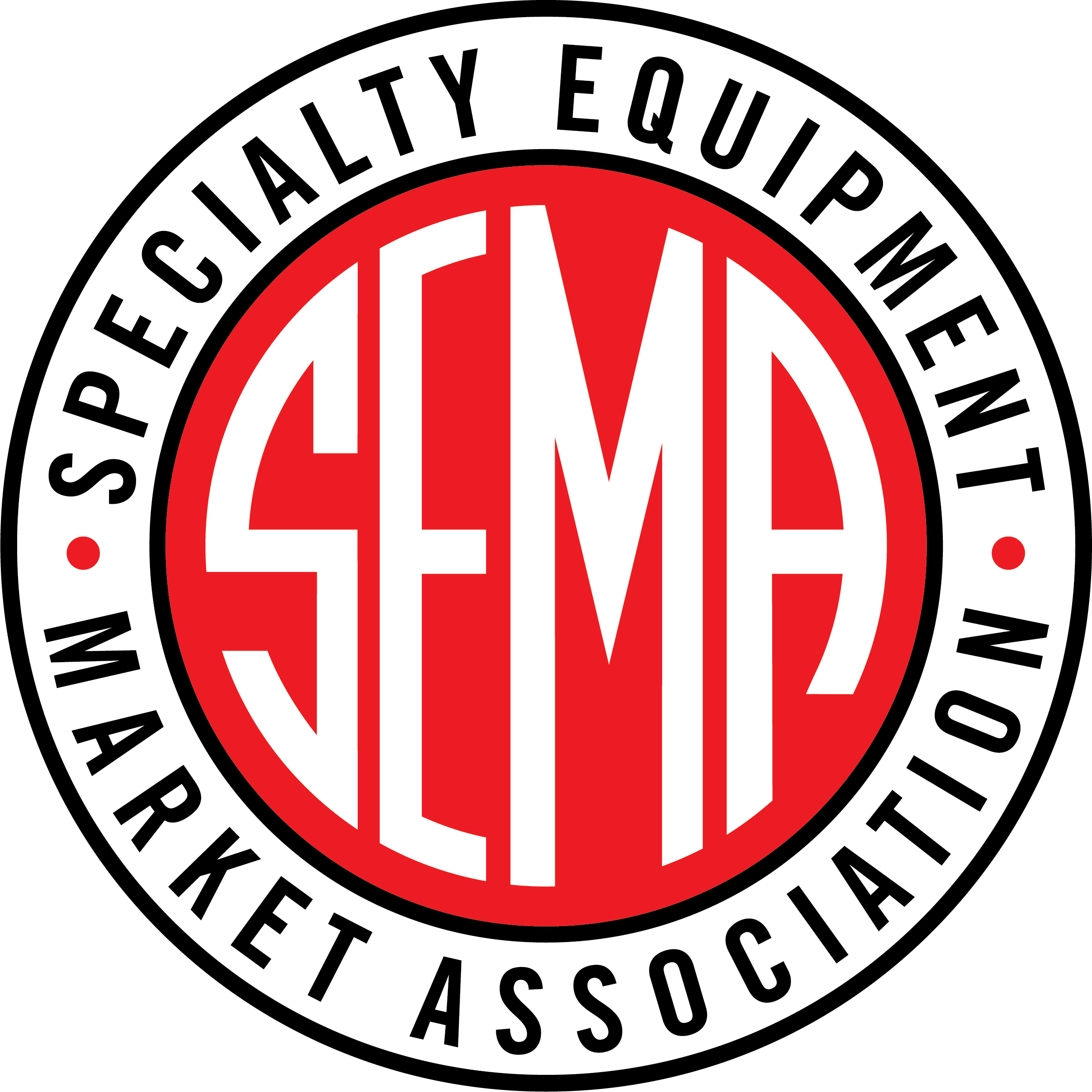To paraphrase a well-worn Oldsmobile ad, today’s vehicles are not your father’s paint and trim. If you think modern consumers are left scratching their heads over how to maintain the appearance of their vehicles, imagine what the companies that formulate car care products go through.
Editor’s Note: Most of the specialty-equipment companies contacted in a recent SEMA survey said that they planned to hire new employees in 2011. Salespeople were at the top of the list. To learn more about the traits and skills of successful salespeople—and how to hire them—we contacted freelance writer, author and webinar speaker Troy Harrison. In the story that follows, he discusses the qualities of top salespeople, how to test for and uncover those traits, and how to interview and hire the right people.
The restyling market experienced a steady decline in sales at the retail level from 2007 through 2009, according to SEMA research, going from $4.23 billion in 2007 to $3.79 billion in 2009. The main factor contributing to the fall in the market was the recession, which led to a major decline in vehicle sales. With available vehicle inventory on the downturn, a factor that may not adversely affect the more traditional specialty automotive markets, the decline changed the landscape of the restyling market. For OEMs, assembly lines were streamlined, factories were closed, trim levels were reduced or reconfigured, and the once lengthy list of available accessory options was scaled back.
Adapting to a need to deploy troops anywhere in the world, U.S. military forces find themselves requiring trucks and transportation equipment more than ever before. This trend has created a steady opportunity for businesses in the automotive aftermarket to expand their customer base, while helping to supply the military with quality specialty-equipment products. High-performance brakes and engine equipment, blast-attenuating seats and specialized equipment for vehicles operating at high altitudes and in challenging terrain are among the parts in demand.
The bedrock of the automotive specialty-equipment industry is the parts that are used to build, restore and modify vehicles of all types. Every segment of the industry counts on parts that are properly designed, engineered and manufactured to operate as promised. Within the restoration segment, however, those standards are complicated by the fact that the vehicles involved are anywhere from two decades to nearly a century old.
The U.S. light-truck market is incredibly broad. Used for general transportation, commercial applications and recreation, light trucks comprise the single largest category for businesses in the automotive specialty-equipment industry. Indeed, trucks and the accessories built for them are so popular that they have laid claim to their own exhibit hall at the annual SEMA Show in Las Vegas. While the light-truck market encompasses vans, crossovers, SUVs and some specially constructed vehicles, pickups make up the lion’s share of the market for SEMA members. The nation’s first and second top-selling vehicles are—and have been for years—the Ford F-Series and Chevrolet Silverado pickup lines.
Packaging is about more than protecting a product during shipping, handling and storage. It’s an extension of the product itself. When properly executed, good packaging reduces costs while branding and promoting the company and the product to consumers. Ultimately, it’s all about promise and performance to the buyer.
Each year, the SEMA Show features more than 1,000 project vehicles. Original-equipment manufacturers (OEMs)such as Ford, Chevy, Toyota and Honda regularly work with project-vehicle builders to create SEMA-Show-worthy customs that highlight their newest models and entice enthusiast buyers by showing how they can be customized.
